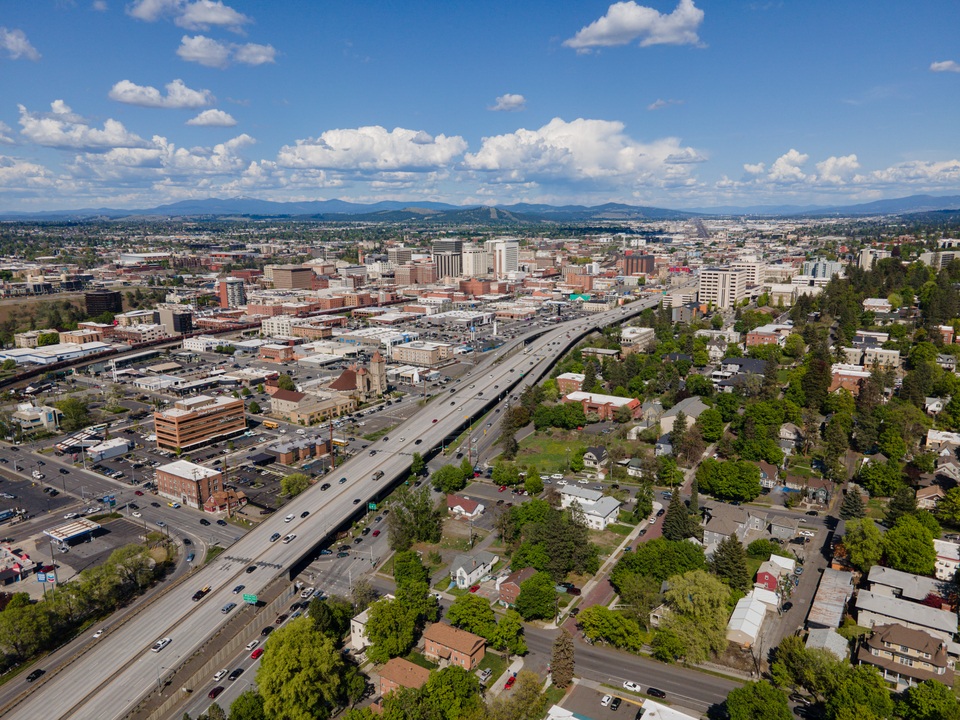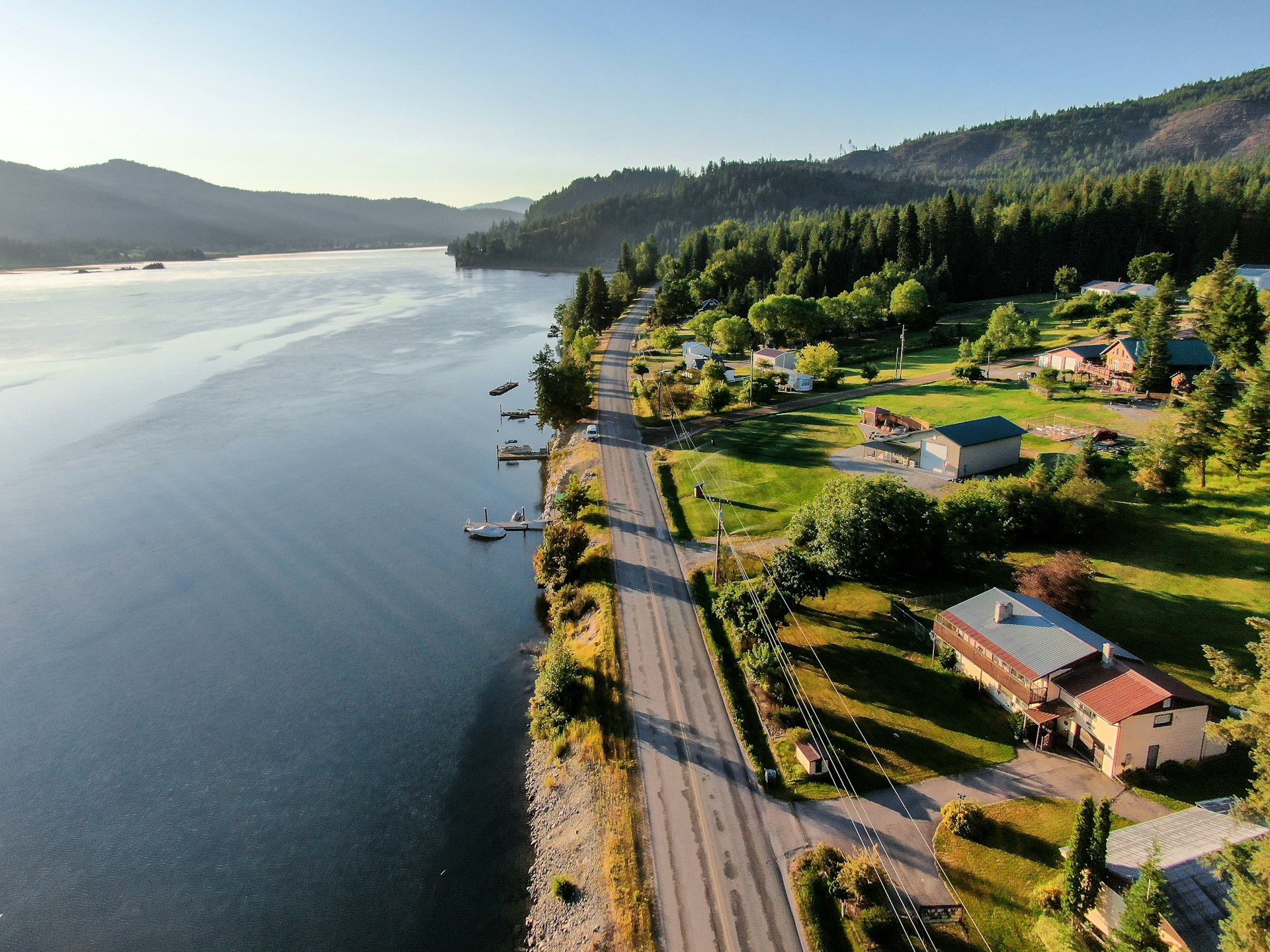Along the Cascade spine, timber towns, rail stops, and mining camps traded work whistles for wind in the firs. Old storefronts lean into weather while rivers hum after rain. The beauty never left, but the quiet did. Visitors arrived for larches, waterfalls, and nostalgic facades, and the pressure shows. Locals slip toward side valleys and shoulder seasons, guarding the hush that first won them over. What remains is resilient: mountain light, brick and boardwalk, and waterways that move at their own pace.
Leavenworth
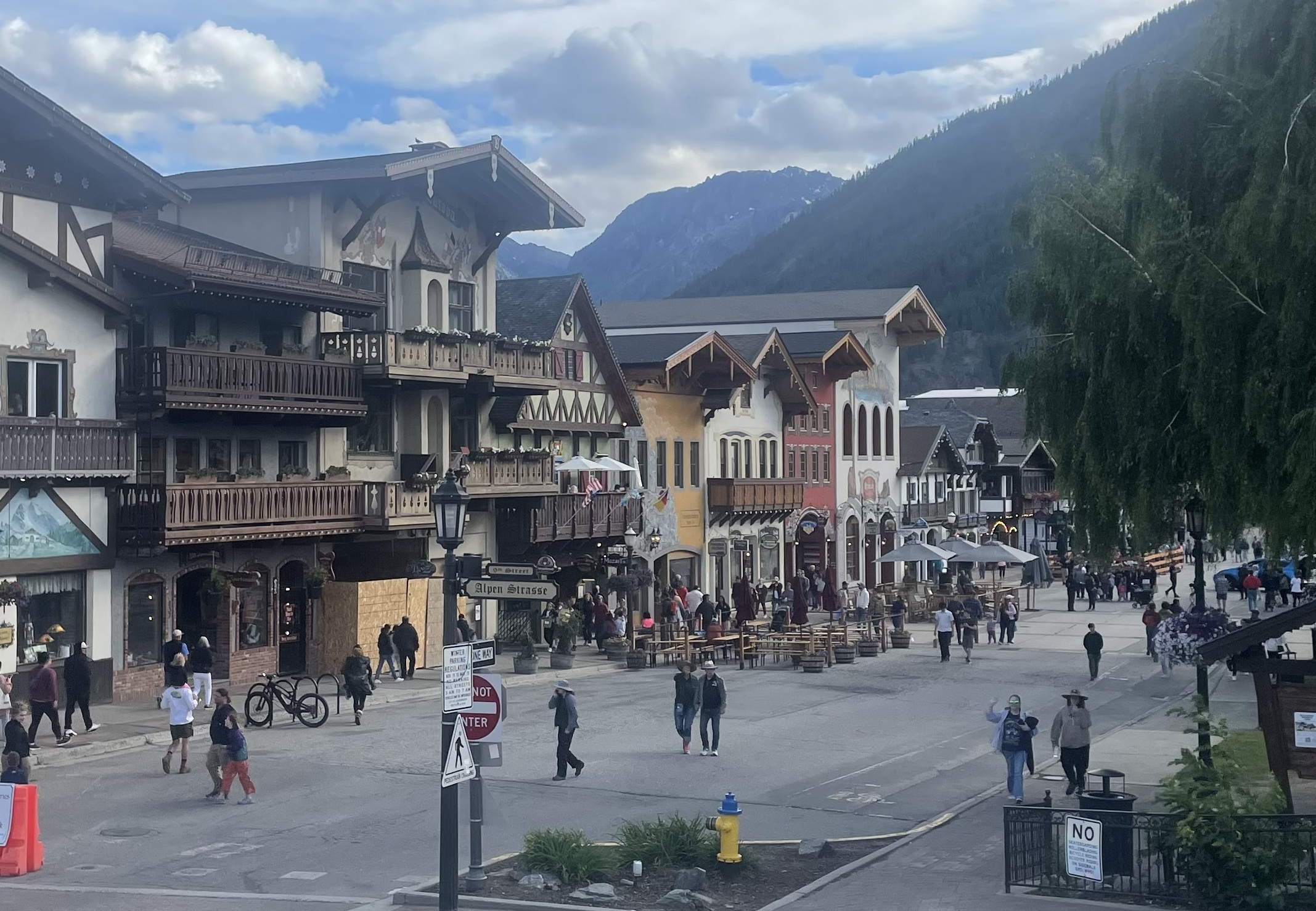
Leavenworth remade itself with alpine trim and festival calendars, then watched solitude buckle under weekend gridlock. The setting still dazzles, with gabled roofs, mountain backdrops, and the Wenatchee threading the valley. Yet narrow roads and scarce parking turn simple errands into logistics. Residents time their routines around tour buses and leaf-peepers, letting Front Street keep its pretzels and brass bands while quieter ridges hold the same golden larches. Beauty persists; patience gets rationed, especially when the town becomes a stage.
Concrete
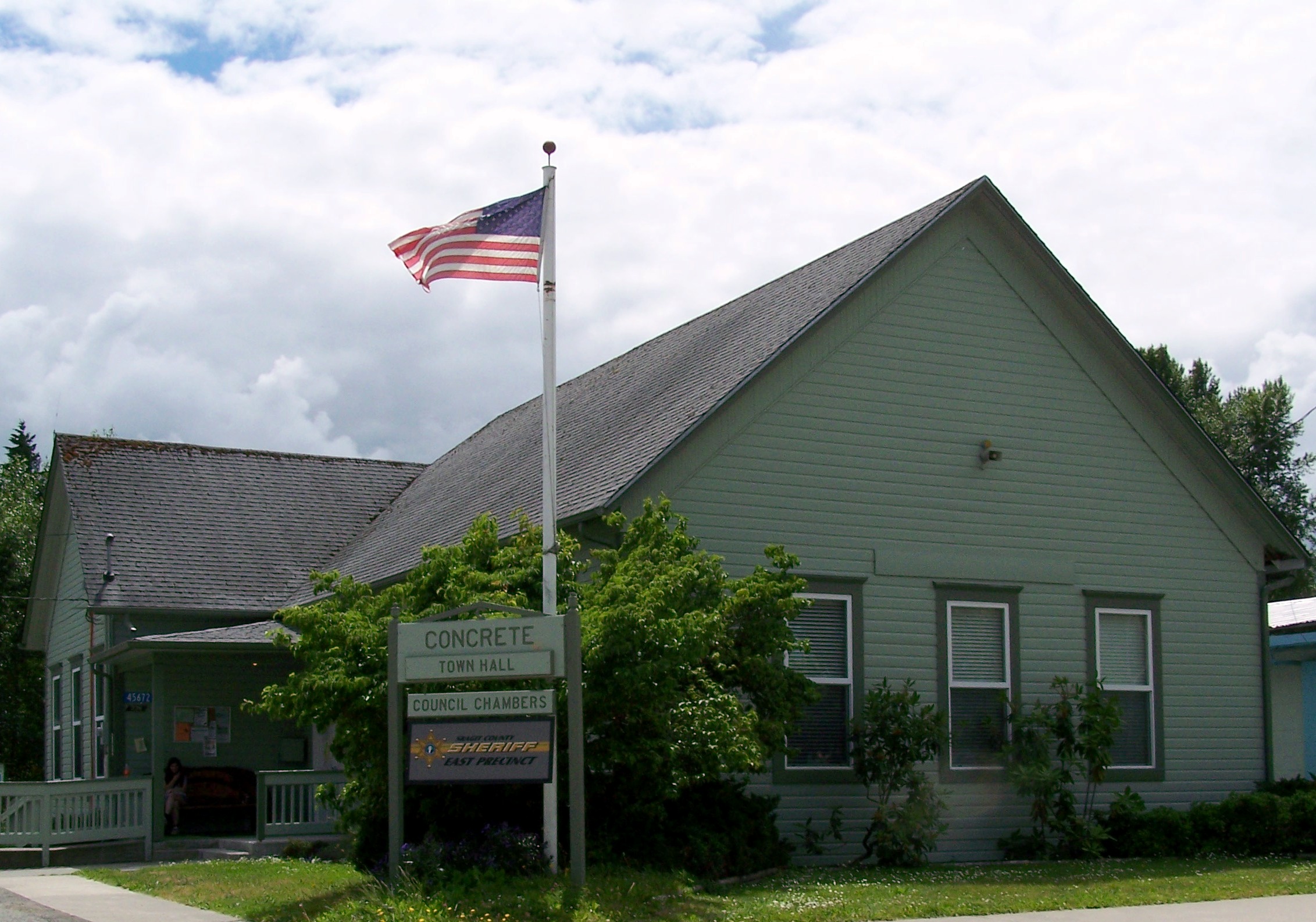
Concrete sits between limestone history and the Skagit’s gray-green bends, a place once defined by easy afternoons and familiar nods. Recent unease and fitful headlines shifted the mood, thinning that old Main Street ease. The valley still stuns in winter when eagles perch over gravel bars and fog lifts in pale sheets. Locals give the center some distance on busy days and lean on backroads, where the river keeps its steady conversation and the mountains mind their business.
Skykomish
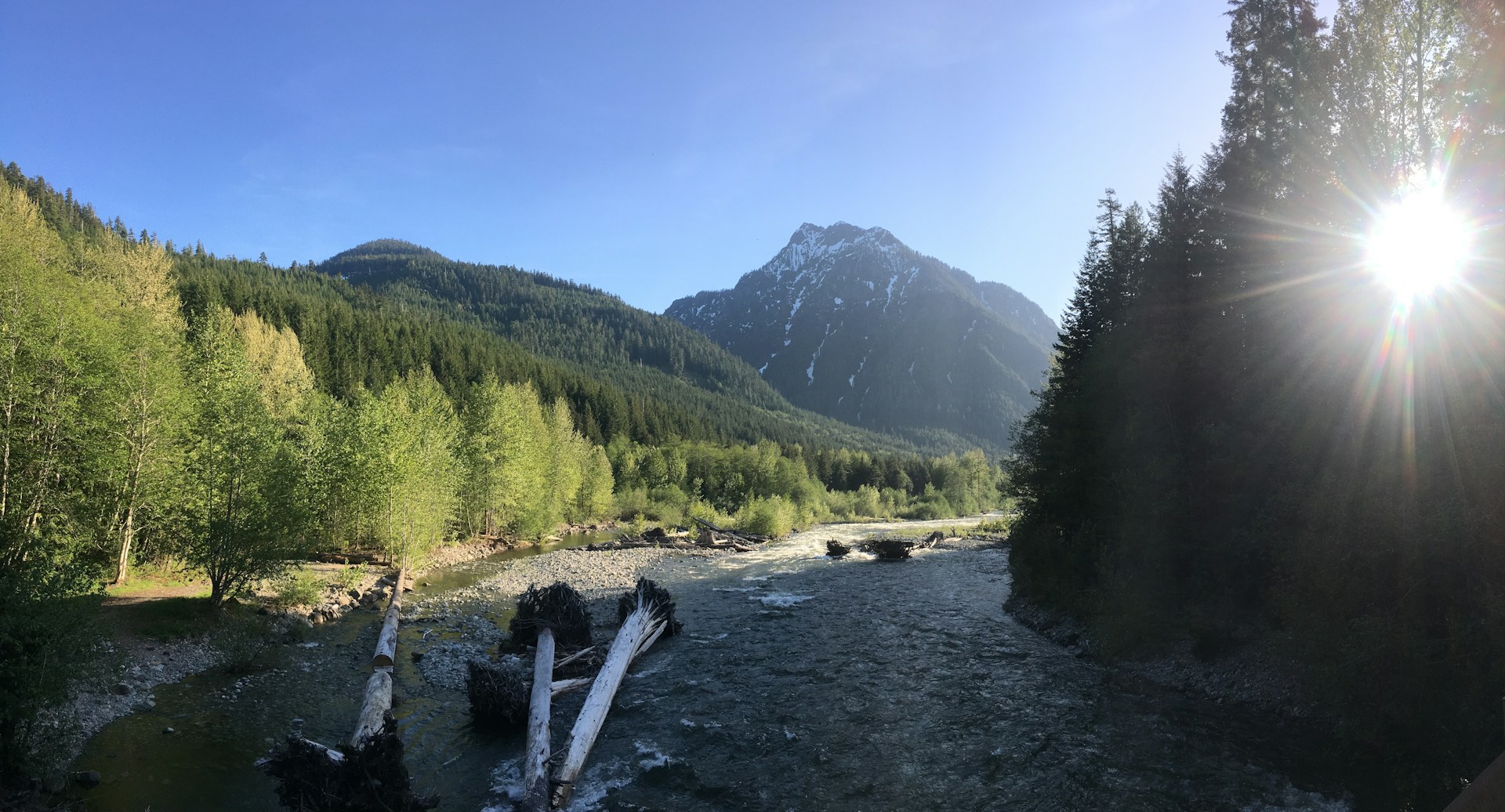
Skykomish lives where rail curves meet river shine, its past etched in trestles and section houses. Long contamination and cleanup left a caution that lingers even as gardens return and soil repairs hold. Rail fans still drift to the depot for that low thunder of freight, but many residents point visitors to healthier reaches upstream. Alder roots knit the banks, shadows braid across riffles, and the place feels unburdened. Progress is real, yet memory asks for care, like a sign read twice before stepping on.
Roslyn
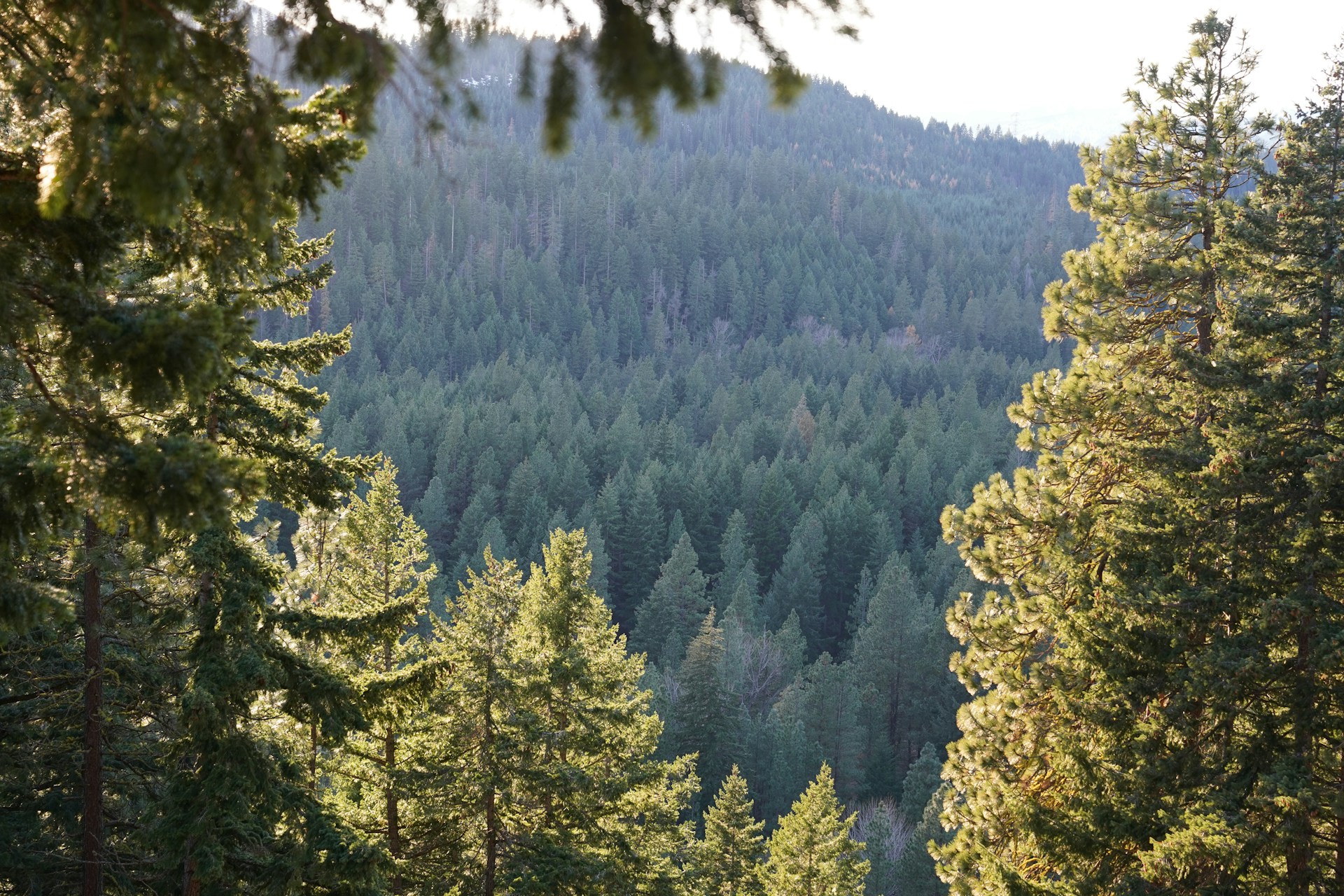
Roslyn wears coal in its memory and small-screen fame in its facades. Work thinned, then the bustle did, and familiar faces chased steadier pay beyond the pass. What remains is measured but proud. Cemetery hills tell layered stories, the museum keeps them organized, and a miners’ memorial holds the room quiet. Evenings settle with low music and a good pint, the kind of pace that respects what came before. Visitors arrive softly now, which suits a town that values being handled gently.
Darrington
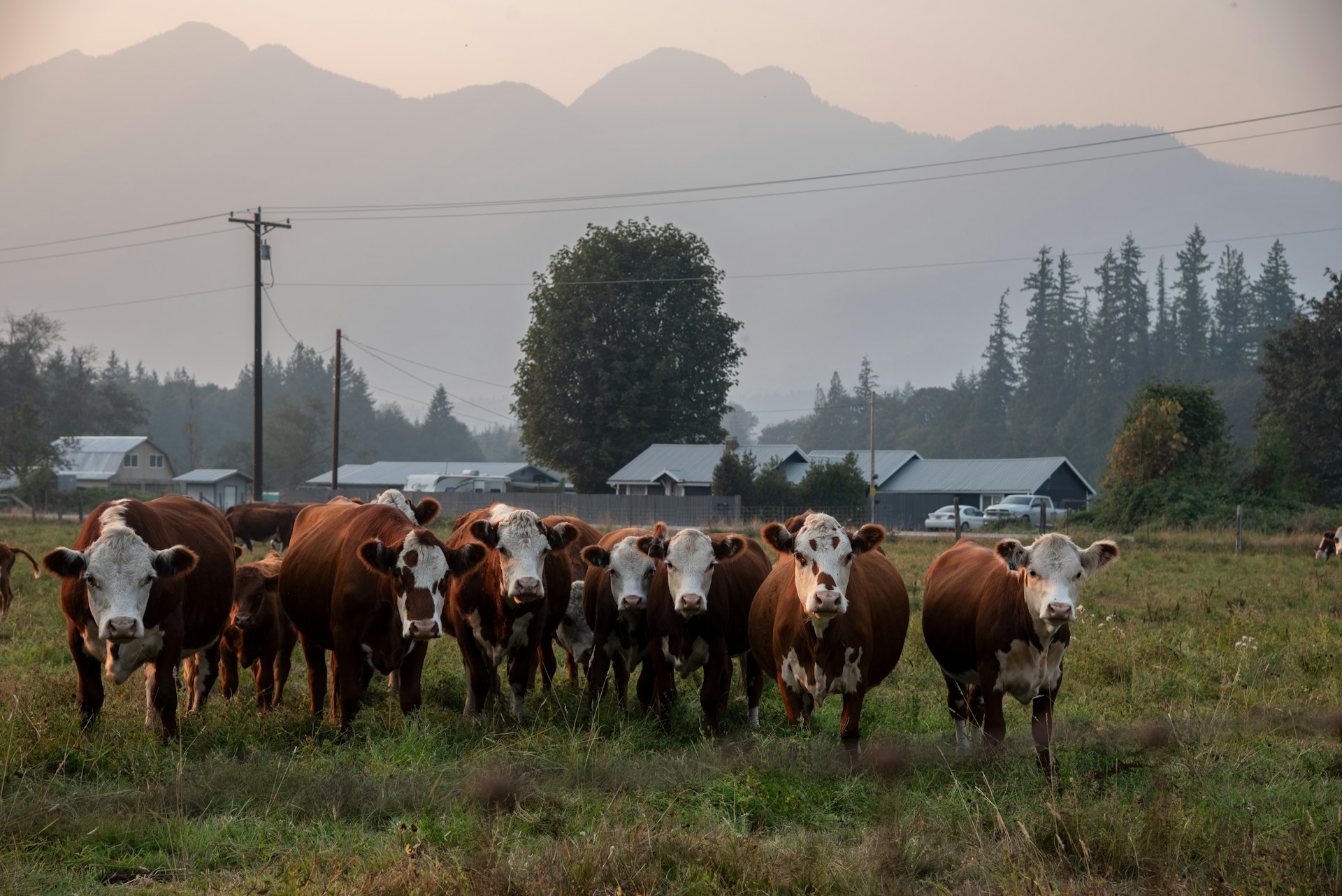
Darrington leans against the Whitehorse skyline, built on logging rhythms and river crossings. When mills slowed, storefront momentum followed, and dusk brought more plywood than neon. Climbers and hikers still come for granite, glaciated bowls, and the Sauk in motion. Locals map their days around peak weekends, trusting the backroads to swallow the echo. Blue hour outlines the peaks like cut paper, proof that endurance isn’t a slogan here. It is the way the town breathes while the mountains do not flinch.
Winthrop
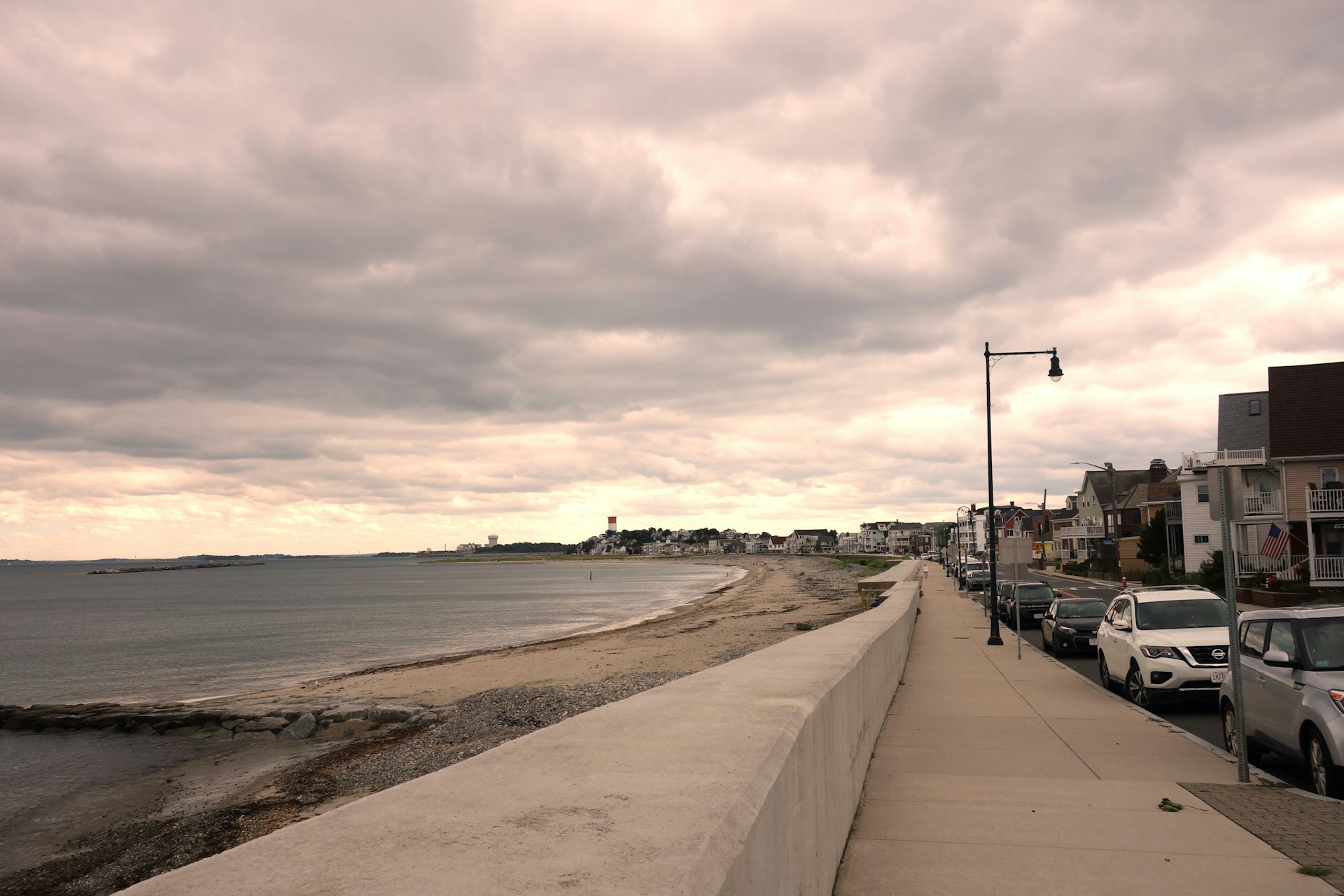
Winthrop presents an Old West main street, boards underfoot and false fronts against sage and snow. Summer crowds swell the valley, turning a postcard into a queue for coffee, bridges, and trailheads. The heritage reads true, the scenery delivers, but the resident playbook favors shoulder seasons, side canyons, and river bends where cottonwoods flicker. The Methow keeps braiding pastures into water and light, reminding anyone paying attention that the shape of the land matters more than storefront theater.
Index
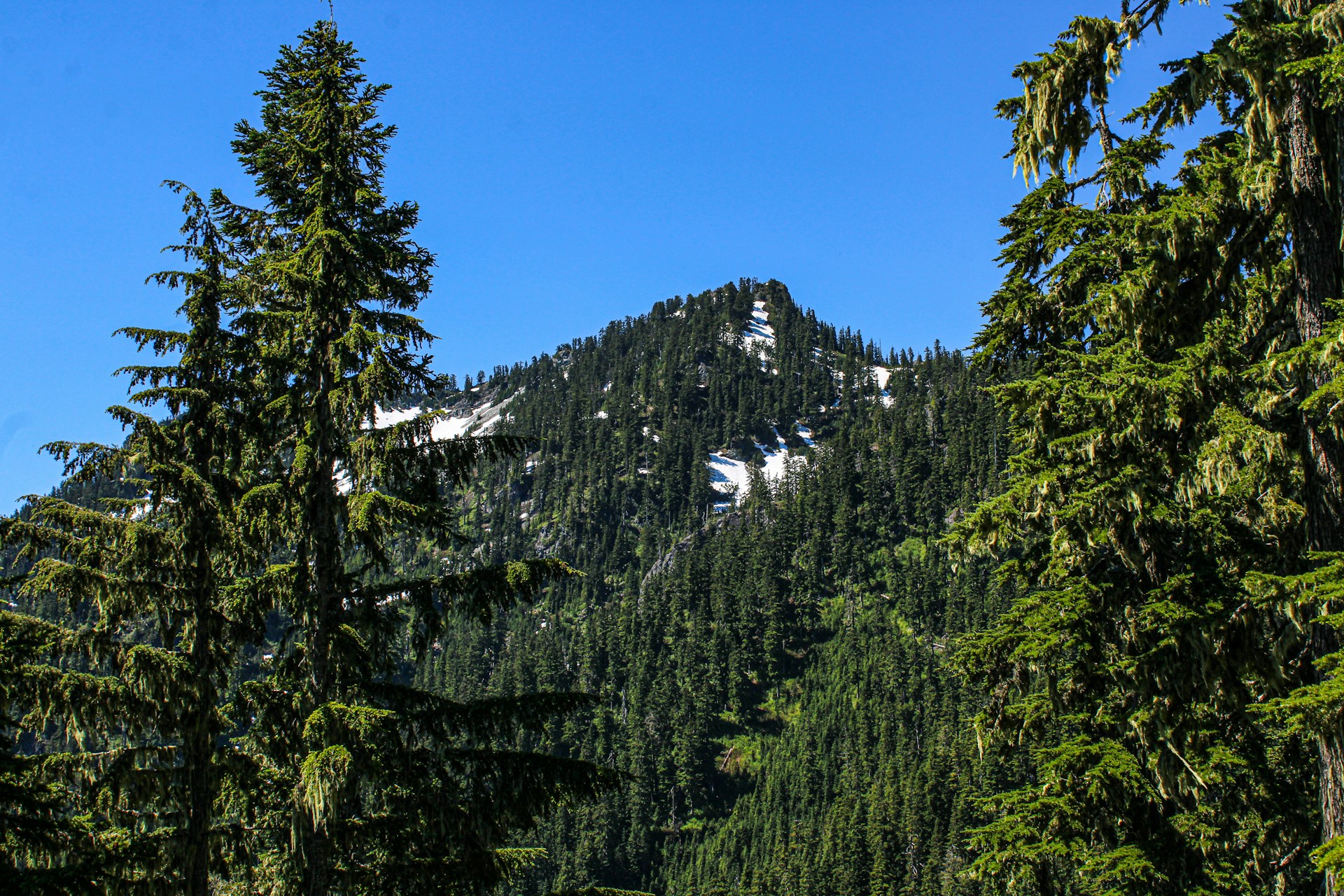
Index is pocket-sized even by mountain standards, a few streets pressed between granite and the Skykomish in motion. Climbing routes, a photogenic wall, and tidy trails brought attention faster than infrastructure could grow. Parking strains, tempers fray, and the town exhale becomes a choice made early in the morning. Residents wave traffic toward the canyon and keep their own pulse steady. When fog lifts, cliff faces glow like coals, and for a few minutes the quiet takes the whole stage.
Packwood
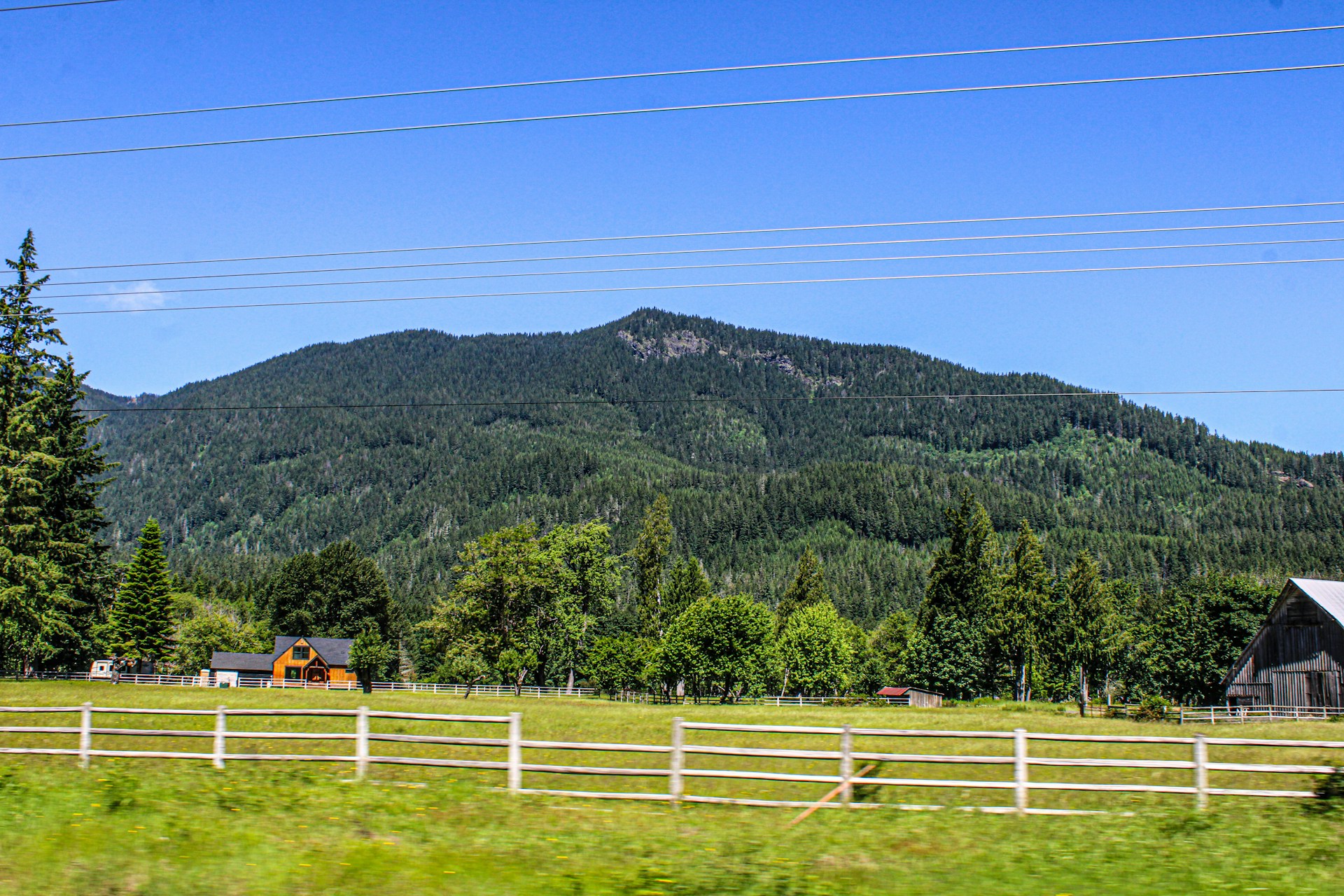
Packwood swells like a tide during flea markets and late-summer pushes toward Rainier. Two-lane funnels stall, shoulders fill, and elk study the scene from open fields. Between peaks and pastures the charm holds, but errands get scheduled around the crowd’s heartbeat. Locals favor early deliveries and dusk returns, leaving the midday rush to travelers. When the last taillights curl toward the pass, the valley resets to creek talk, woodsmoke, and a sky wide enough to slow anyone still listening.
